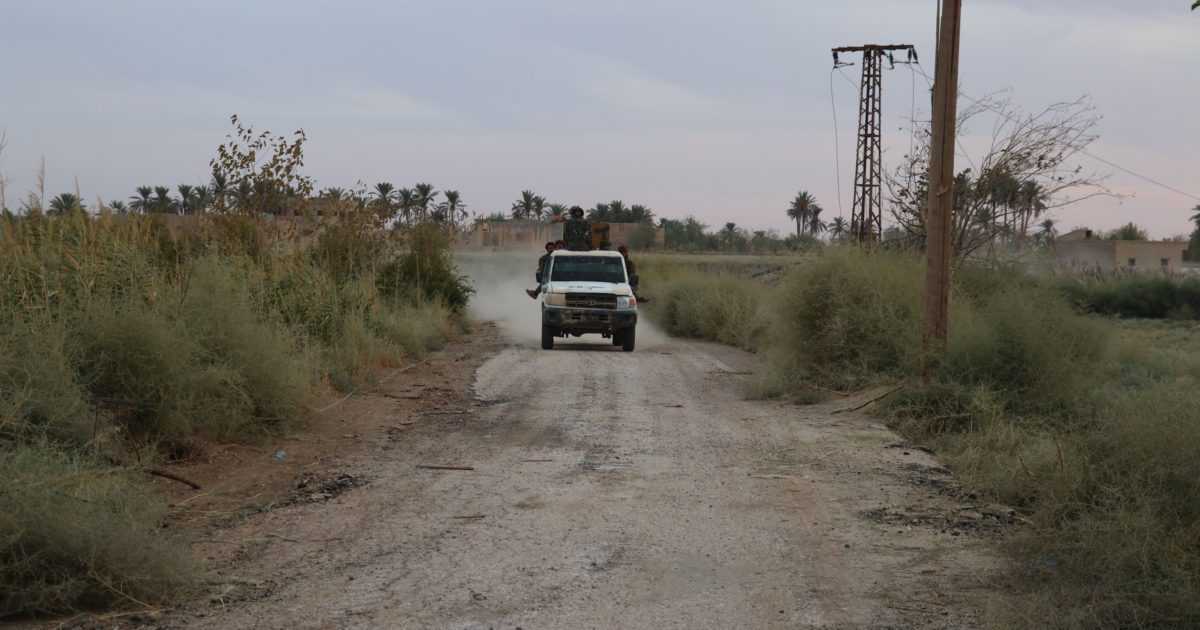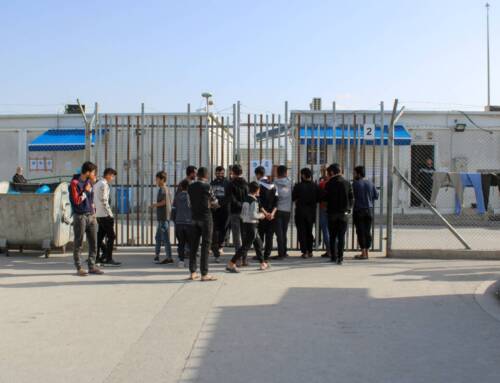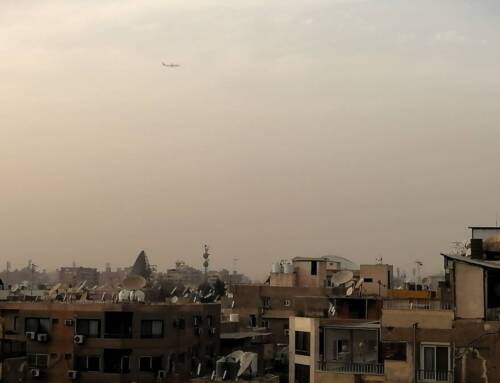US-backed SDF seizes key town in ongoing battle for Islamic State’s final foothold in Syria
SDF forces in an unnamed location in Syria. Photo courtesy […]
23 October 2018

AMMAN: Fighters from the US-backed Syrian Democratic Forces seized a strategic town within the Islamic State’s final foothold in Syria on Tuesday, according to a commander from the US-backed force.
The fall of Sousah, located in an area of eastern Deir e-Zor province known as Hajin, leaves only a small handful of villages along the Euphrates River under Islamic State (IS) control—with the hardline Islamist group’s military presence largely limited to a handful of scattered desert encampments across the country.
US-backed Syrian Democratic Forces (SDF) were “sweeping” Sousah for explosives after capturing the town on Tuesday, the SDF commander said, speaking on condition of anonymity because he was not authorized to speak to the press.
Backed by international coalition warplanes, the SDF launched an offensive on IS positions in and around Hajin on September 10, officially announcing the campaign the following day.
Under IS control since mid-2014, on the eve of the offensive Hajin was a densely populated region close to the Syrian-Iraqi border where large numbers of the hardline group’s leadership entrenched themselves, Leilawa al-Abdullah, a spokesperson for the SDF-administered Deir e-Zor Military Council, told Syria Direct last month.
Despite advances made on Tuesday, the SDF “still have a lot of fighting to do” if their fighters are to retake remaining villages and farmland in the IS-held pocket, US Army Col. Sean Ryan, a spokesperson for the US-led coalition that backs the SDF, told Syria Direct via email.
“Sousah is just another step towards Hajin,” Col. Ryan added.
SDF spokesperson Kino Gabriel meanwhile told Syria Direct on Monday that he expected the remainder of the Hajin campaign to last “two or three months,” blaming poor environmental conditions—including sandstorms—and networks of IS tunnels for the slow advances.
Tuesday’s breakthrough comes just days after US-led coalition warplanes bombed a mosque near Sousah, killing as many as 60 civilians and several IS fighters, according to UK-based monitoring group Airwars.
The Syrian Network for Human Rights, another watchdog group, meanwhile reported that at least five children were among the dead.
“IS has been using mosques as command and control centers,” Col. Ryan told Syria Direct when questioned about the bombing, which he said killed 12 IS fighters.
A separate coalition strike on Monday destroyed a handful of buildings in Sousah that had been used by IS to “launch attacks against Syrian Democratic Forces,” the US official said.
Last week, the hardline group also reportedly kidnapped at least a hundred civilians from a displacement camp located near the town of Hajin. Syria Direct could not independently verify the numbers.
At IS’ peak in 2014, the hardline group occupied vast swathes of territory stretching across Syria and Iraq roughly equivalent to the size of the United Kingdom. From 2015 onwards, simultaneous military offensives by Turkish-backed rebel fighters, US-backed Kurdish-majority forces as well as the Syrian government and its allies systematically routed IS forces from their territory throughout Syria.
Today, IS controls roughly one percent of its former territory and has largely retreated into the sprawling deserts of Iraq and eastern Syria.
The hardline Islamist group has meanwhile carried out a number of assaults on civilian and military targets in Syria in recent months—most notably a devastating attack on Suwayda city and two villages in southwestern Syria’s Druze-majority Suwayda province that left hundreds dead.







